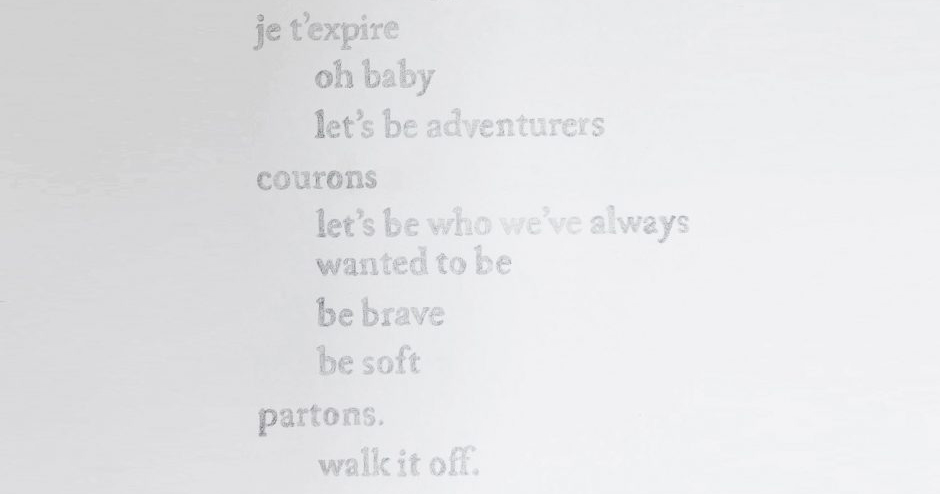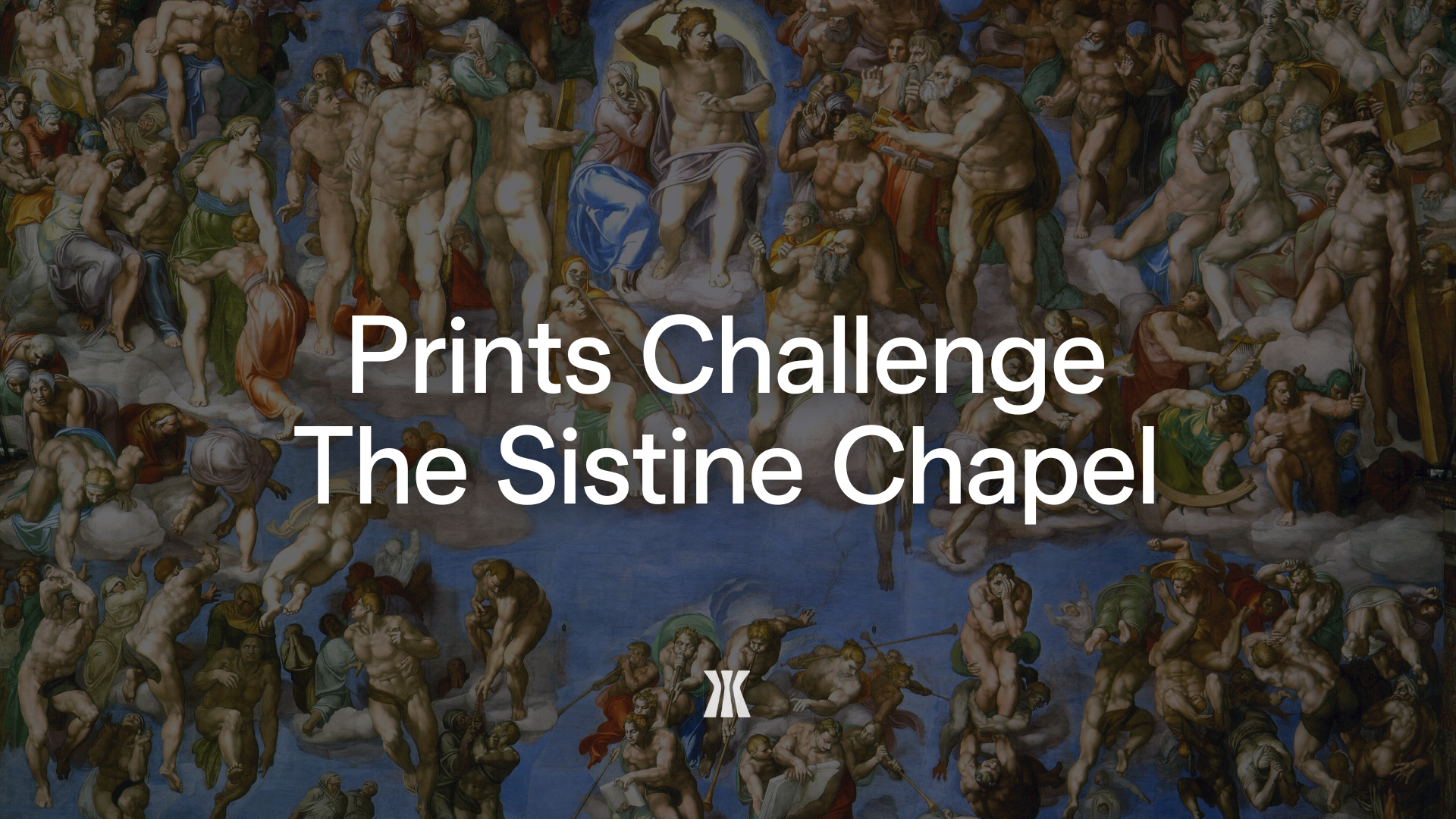Mother tongues
Bilingual individuals are usually defined on a cognitive level as people who have a relative balance in the use of two languages, both mother tongues. However, bilingualism doesn’t only imply the indiscriminate use of two languages, but also the fact that each of these languages is given different functions. The professional language differs from the private language, and the written language differs from the oral and spontaneous language.
A common misconception is that all bilingual individuals use both languages perfectly. But more realistically, most can use two idioms alternatively without thought, with some weaknesses in both. Why? Because there are gaps and intervals between them, which lead to linguistic interferences and borrowings.
Bilingual individuals can communicate with interlocutors from two worlds using two idioms that differ and converge, creating force fields between them where something new unfolds: a third language.
Otherness
Questions about culture and identity may be more common among people who are used to navigating languages and cultural memory. The presence of plural languages can provoke a set of linguistic, sociological and psychological interferences, likely to create an internal conflict when it comes to culture and identity. Keeping an accent, non-typical use of the language and lexical creations are not a refusal of identity, but rather a way to preserve them as a duo.
When facing a single linguistic or cultural horizon, one’s relationship to other worlds is an otherness that is confronted with something that is the self, or the same.
When an individual settles “between” two languages, they are dealing with two othernesses. They are dealing with an interval, a gap. Distance is created within themselves, displacing them. Emotions, feelings and values are attached to words, all related to our personality and culture. Despite their linguistic skills, bilinguals often have difficulty establishing equivalence for emotionally charged words or words denoting emotions, leading to dissatisfaction when attempting to translate them.
For Heinz Wismann, Franco-German philologist and philosopher, this distance can be taken advantage of and explored, “beyond language”.
How so, you might ask?
Bilingualism at the service of art
With language being a key element of culture, they are intrinsically linked and cannot exist without each other. A culture expresses itself and creates meanings through language, and each language manifests itself as the memory and expression of that culture.
There is no doubt culture impacts art, its traditions, and its aesthetics.
It is not uncommon for a bilingual individual to feel closer to one of their cultures than to the other, hesitating about their cultural affiliation. Not all bilinguals are bicultural, just as not all biculturals are bilingual. So, what of their art?
Being bilingual myself, I am often asked: Do you dream in both languages? Yes. Do you think and take notes in both languages? Yes. And here’s an interesting one: Do you feel in both languages? I do, but I feel different things.
Art is an expression of feeling. So I come to wonder, is a bilingual’s art bilingual? Are the artist’s idioms at play? Will spectators feel the same way looking at artwork depending on the language they speak? Why?
Could it be because of the gaps, the “in between”? Or because of the words we don’t know, those left out by our languages — the interval, the imbalance, the “not quite”?
To me, art, like language, has gaps, and that is where the feelings live.
What are your gaps made of?

Cover photo “Be Brave”, Carole Levy




-1.gif)
